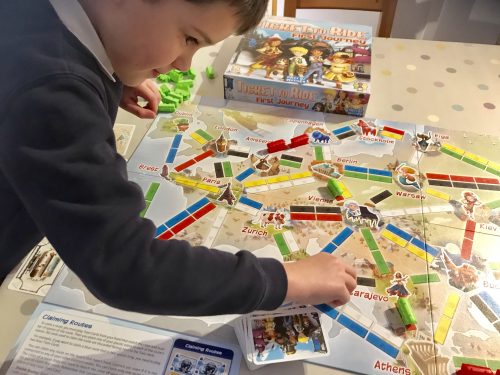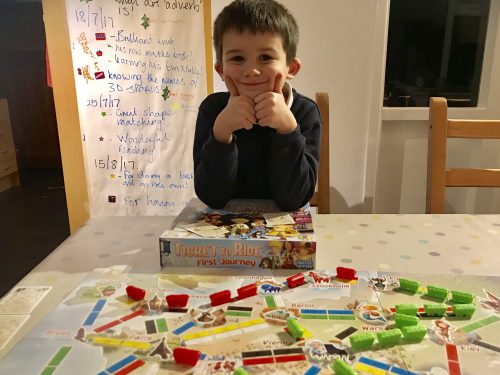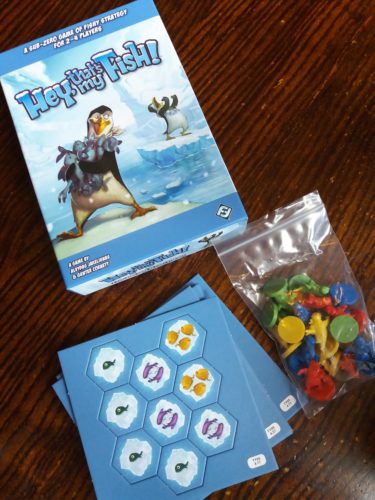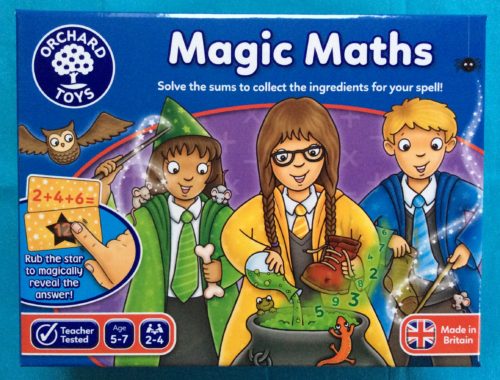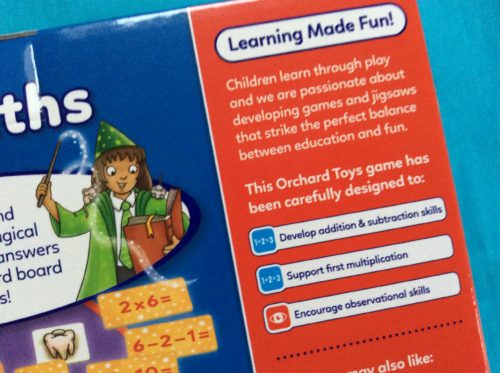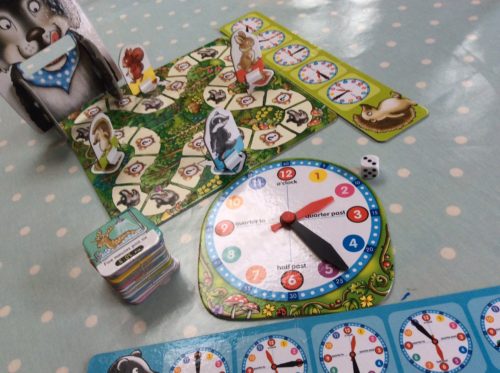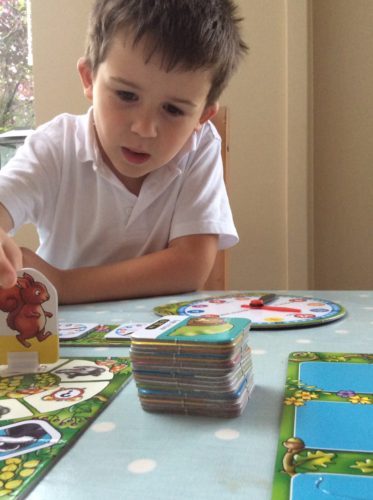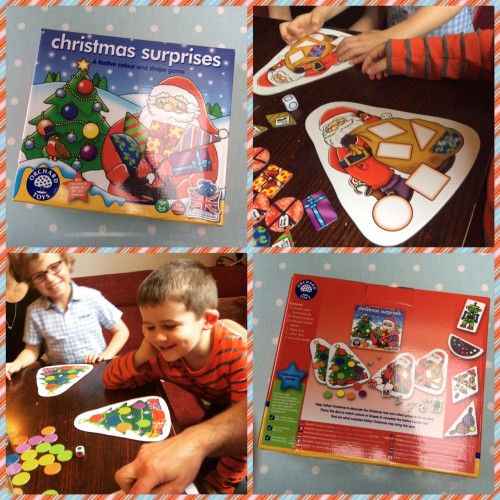I am part of the Asmodee UK Blogger Board Game Club run by Playtime PR. Each month 50 bloggers are sent a board game to play and put to the test. This month we were sent Timeline British History Card Game to play.

We took the Timeline British History Card Game on holiday with us over half term. We were staying with some friends in a cottage with no TV; so I packed a few things to help the evenings fly by. We’d not yet played the Timeline British History Card Game, but we are all trivia fans so it felt like it would be a hit with us all.
The card game is pretty simple. It comes in a tin which makes it perfect for taking on holidays. There are 110 cards in the pack, on one side of the card is an historical event, on the other is the date of the event. Each player starts off with four cards. Taking it in turns, each player lays down a card in what they think is the right date order. If you get it wrong then you have to take another card from the pile and keep playing until someone has played all of the cards.

It can be a really quick game, or it can go on and on, depending on your knowledge of British history. I found I was pretty good with 20th Century history, but a bit wishy-washy before then.
This is absolutely my kind of game. I love a bit of historical geekery and we did get a bit competitive. The Timeline British History Card Game is suitable for ages 8+. Unless younger players have a pretty good knowledge of British history then it’s not going to be much fun for them. For four adults sharing a bottle of wine and a competitive nature, this is excellent fun.

The Timeline British History Card Game costs around £13.99 and is widely available in toy shops and online.


